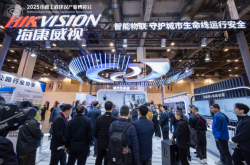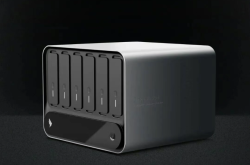"Inventory" Surges, "Price War" Rages: Automakers in a "Race Against Time"?
![]() 05/29 2025
05/29 2025
![]() 620
620
Introduction
Recently, the automobile market has been buzzing with activity, akin to a pot of boiling water.
On one hand, automakers are locked in a fierce "price war," with tempers flaring;
On the other, the capital market has been upended, with the evaporation of market capitalizations of leading automakers leaving observers stunned.
Behind this turmoil lies the "invisible hand" of overcapacity in the automotive industry, stirring the pot.
Today, Unmanned Vehicle News (public account: Unmanned Vehicle News) delves into this matter in detail!
(For reference reading, please click:
"Has the 'Evergrande' of the Automobile Industry Already Emerged? The Question Raised by Wei Jianjun Deserves In-Depth Exploration: Capital Bubbles and Overcapacity Must Be Highly Vigilant")
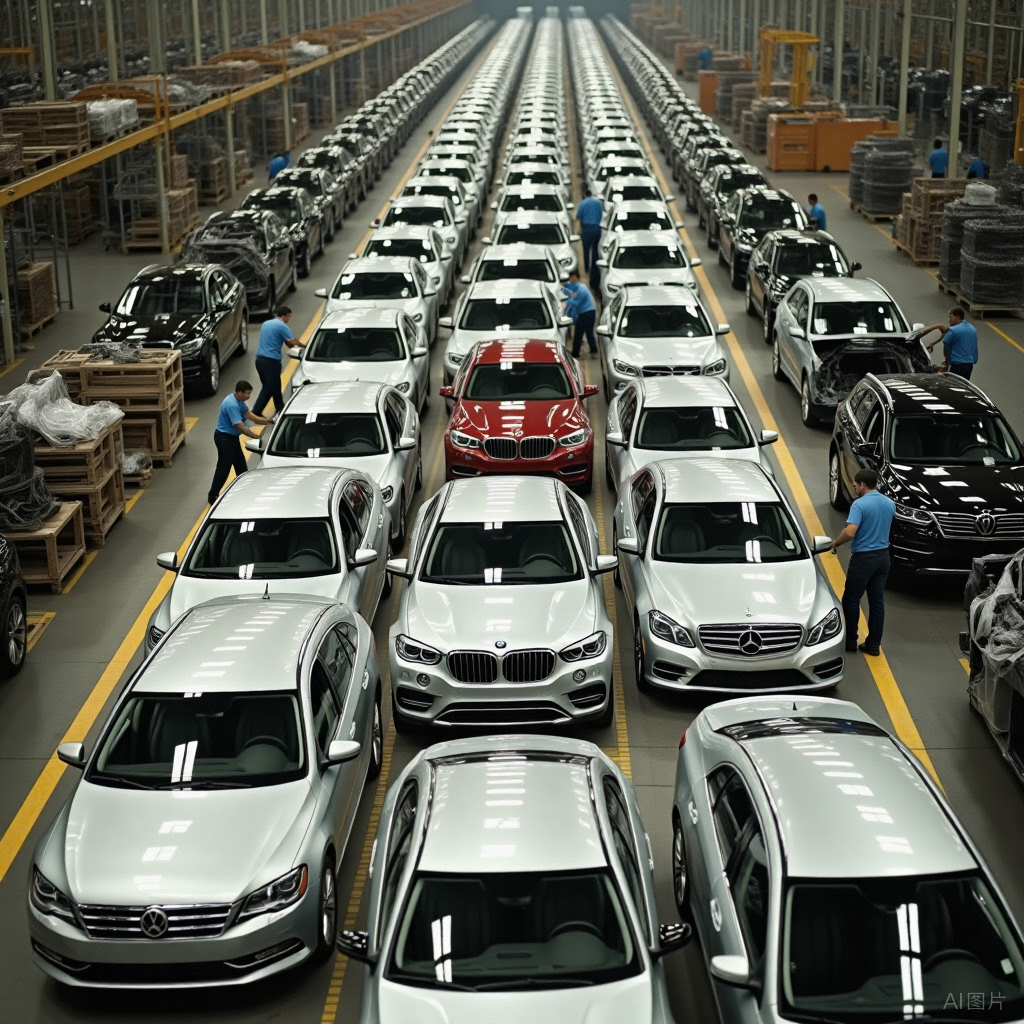
I. "Price War" Commences: BYD Leads, Automakers Follow
On May 23, 2025, the automobile market was rocked by a "heavy bomb" – BYD announced a new round of price adjustments.
Dynasty Network and Ocean Network, akin to two "price war vanguards," simultaneously unveiled limited-time promotional policies, offering subsidies of up to 53,000 yuan, covering 22 intelligent driving models.
It was like throwing a huge rock into a serene lake, causing ripples.
With BYD leading the charge, how could other automakers remain idle? It's like a race; if the leader sprints ahead, those behind must follow suit.
After a weekend of "fermentation," on May 26, Geely Galaxy couldn't sit still either and announced its participation in this price war. Offering subsidies ranging from 5,000 yuan to 18,000 yuan, it was determined to bite down on prices and engage in close combat with BYD, the "leader."
Subsequently, more automakers were compelled to follow suit, like ducks being herded onto a scaffold.
As soon as this price war commenced, the automobile market was instantly ablaze with competition.
However, before consumers could truly reap the benefits of this round of price wars, the capital market "caved" first.
On the two trading days of May 26-27, automobile stocks in A-shares and Hong Kong stocks fell collectively. BYD's A-share market capitalization slid like a toboggan, with a cumulative evaporation of over 100 billion yuan.
Automobile stocks such as Geely Automobile, Great Wall Motor, and NIO also couldn't escape the downturn, and because they are listed in Hong Kong stocks, the cumulative decline often starts at 10 percentage points.
The capital market is like a sensitive young wife, startled by the slightest movement.
II. "Inventory" Surges: Automakers Under Intense Pressure to Clear Stocks
To discuss the cause of this wave of price wars, the most pressing issue is the industry's exploding inventory, and automakers have reached a point where they must clear their inventories at all costs.
Data from the China Passenger Car Association serves as a "loudspeaker," clearly announcing the inventory situation: At the end of April, passenger car inventory surpassed the 3.5 million mark, a record high for the same period! Among them, new energy vehicle inventory reached 850,000 units, also a high point in recent years.
Data from the China Automobile Dealers Association also came to "join the fun," with the April auto dealer inventory warning index reaching 59.8%, up 0.4 percentage points year-on-year and 5.2 percentage points month-on-month.
How terrifying is this inventory level?
Based on the average monthly retail sales from January to April this year (1.59 million units), an inventory of 3.5 million units means that the industry's average inventory is already around 2.2 months.
Moreover, May to August is the traditional sales off-season, and inventory digestion time is expected to further lengthen.
Specifically for each enterprise, the situation is even more severe. According to statistics, the inventory coefficient of more than 10 brands exceeds 2 months. Morgan Stanley also revealed that BYD dealer inventory exceeds 3 months.
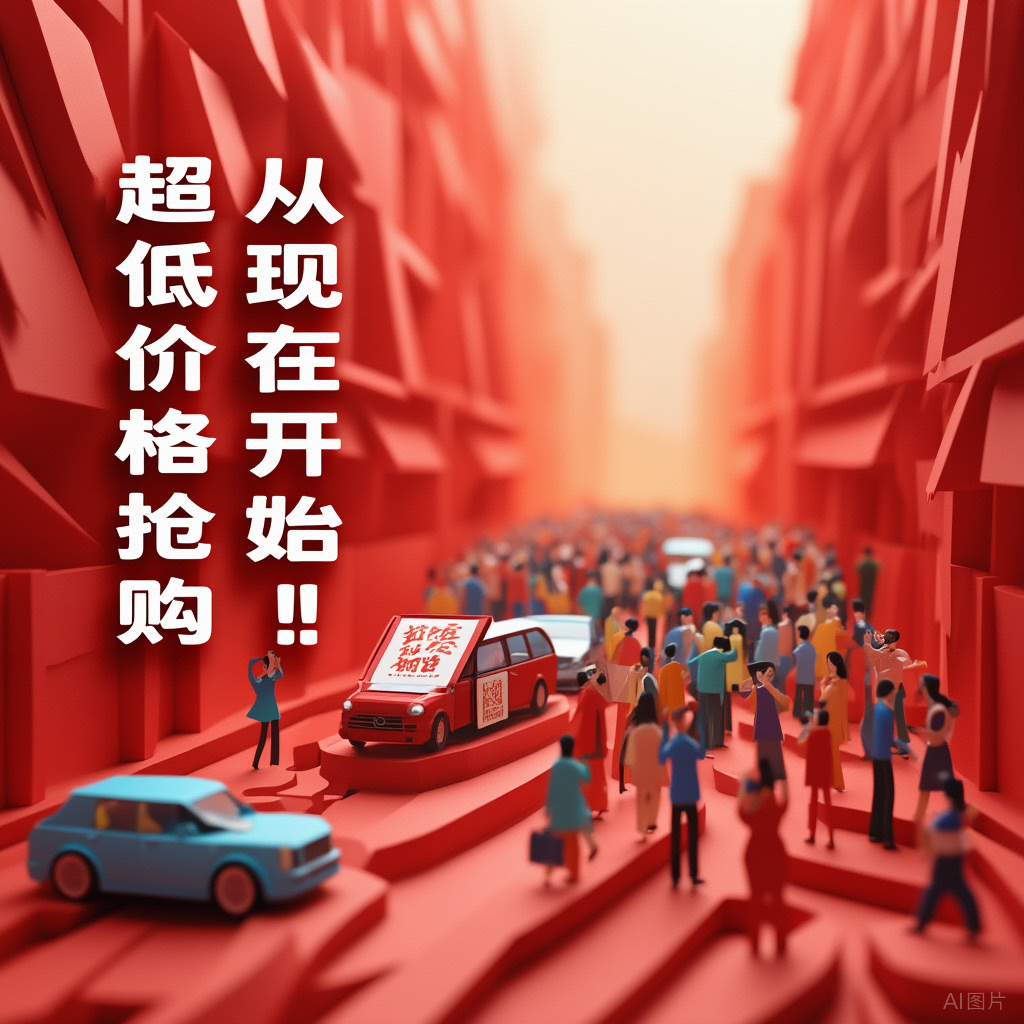
In fact, BYD's inventory clearance actions have already begun.
After launching the "intelligent driving" models in February, BYD began clearing the inventory of non-intelligent driving models, conducting a round of price cuts and promotions at that time.
After the May Day holiday, BYD's price cuts and promotions gradually covered intelligent driving models, but it was relatively low-key at that time, and the official did not vigorously promote it.
Therefore, although this price war has been fought with great fanfare, the market terminals have actually been "frequently exchanging fire."
In addition to the inventory problem, the implementation of the new national standard for power batteries on July 1 has also increased the pressure on automakers to clear their inventories.
Although the new national standard is based on the announcement time of the model, and the models in production are not affected, the new national standard models will still squeeze the market space of the old national standard models.
Automakers with heavy inventories must find a way to solve this problem, which can be seen from the fact that BYD Dynasty Network's limited-time discount ends on June 30.
Looking further ahead, the subsidy policy for new energy vehicles will face a decline in 2026, and automakers and dealers will also have to work harder to clear the inventory of old vehicles, otherwise they will suffer great losses by then.
III. "Autonomous Driving for All" Dream Shattered: Automakers' New Story "Flipped"
Round after round of price wars have left the entire industry exhausted.
Therefore, at the beginning of this year, automakers came up with a new trick, attempting to replace the price war narrative by telling a new story of "autonomous driving for all."
Taking industry leader BYD as an example, it has told the market a new story every year in recent years, from the "Champion Edition" to DM5.0 to "autonomous driving for all," all following this idea.
The underlying logic of these new stories is actually to provide the market with products with higher cost-effectiveness, relying on the cost advantages brought by the scale and vertical industry chain integration of leading enterprises to crush competitors and complete market pricing.
In the first two stories, price factors were obvious.
But leading enterprises cannot keep lowering prices forever, so in 2025, BYD chose to replace direct price wars with the method of "increasing autonomous driving configurations without increasing prices" for autonomous driving for all.
Its model is "increase autonomous driving configurations for all – withdraw terminal discounts – keep model guide prices unchanged," hoping to break out of the vicious cycle of maintaining sales growth by continuously lowering prices in this way.
Other automakers also have similar intentions, as evidenced by the clustering promotion of autonomous driving for all popularization schemes after this year's Spring Festival.
However, many consumers had doubts about "autonomous driving for all" at that time.
It turned out to be true. When the Xiaomi autonomous driving "flip" accident occurred in the industry, it was like pouring a bucket of cold water on "autonomous driving for all."
Now, on the whole, this demand has been "proven false" by the market.
For price-sensitive mass consumers, instead of adding non-rigid autonomous driving configurations, it is better to have a few thousand yuan more in discounts. It would be even better if both autonomous driving configurations can be increased and a few thousand yuan more in discounts can be offered.
Automakers' attempt to break the price war curse with autonomous driving for all has failed, instead increasing the burden on enterprises.
This situation is like a car that originally wanted to turn but suddenly spun out of control and almost "flipped" because the story was proven false.
IV. Dual Challenges: Oversupply + Insufficient Demand
This round of prolonged price wars in the Chinese automobile market is essentially due to industrial changes and supply chain restructuring brought about by new technologies.
It's like a "martial arts conference," with many "martial arts masters" carrying new technologies and new capital pouring in, disrupting the market landscape and changing market concentration, leading to shocks.
So how can a new balance be achieved? The answer lies in the most basic relationship between "supply and demand."
Currently, the Chinese automobile market is facing the dual challenges of oversupply (overcapacity) and insufficient demand.
On the supply side, the data provided by Su Bo, the former Vice Minister of the Ministry of Industry and Information Technology, is somewhat frightening: At present, there is at least over 30 million vehicles of capacity for fuel vehicles, and more than 20 million vehicles of capacity have been built for new energy vehicles. However, the shift from fuel to electricity has only digested 2-3 million vehicles of fuel vehicle capacity, and most of the new energy vehicle capacity is newly built.
With reference to the current situation where the overall utilization rate of fuel vehicles is less than 60%, the idle capacity of fuel vehicles is conservatively estimated to exceed 10 million vehicles.
In terms of new energy vehicles, Academician Ouyang Minggao once predicted that sales of new energy vehicles would exceed 16 million in 2025. If this is achieved, new energy vehicles will also face a minimum of 4 million vehicles of idle capacity. There are also statistics saying that China's new energy capacity will reach 30 million vehicles by 2025. No one wants to exit the market, so they can only fight desperately.
On the demand side, insufficient demand is reflected in two aspects:
First, the overall demand is shrinking, which is an inevitable phenomenon against the backdrop of economic downturn;
Second, consumption is downgrading. After the state stimulated consumption with the "trade-in" policy, sales of low- and mid-range models increased more significantly than those of high-end models, and the overall price range of passenger cars continued to shift downwards.
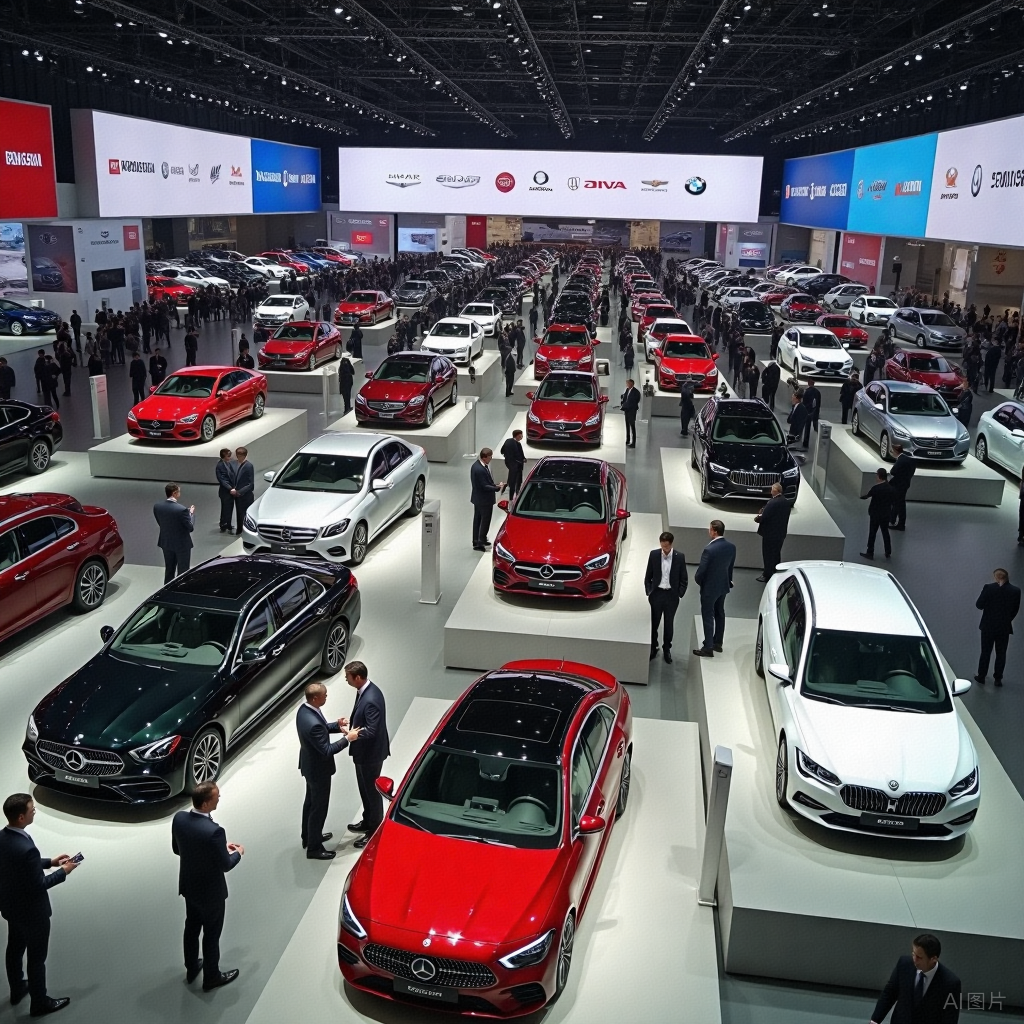
Therefore, even with the boost from policies, the overall sales of passenger cars in China have maintained a growth trend, but profits have continued to decline.
National Bureau of Statistics data shows that in the first quarter of this year, the profit rate of the automotive industry was only 3.9%, continuing to decline from the historically low level of 4.3% in 2024, and the sales profit rate of the automotive industry in March was only 3.5%.
Behind this false prosperity, the entire automobile industry chain is enduring pressure.
Even consumers who seem to have benefited also face the risk of decreased product quality due to "cutting corners" by some manufacturers.
No one can escape the underlying laws of manufacturing, and the automobile industry is no exception.
V. Conclusion: Only with the Elimination of Backward Capacity Can the Market "Reborn"
The price war brought about by overcapacity in the automobile market has been fought fiercely.
Evaporation of market capitalizations, surging inventories, shattered new stories, overcapacity, insufficient demand – various problems are intertwined.
No one can accurately predict when the price war brought about by overcapacity in the automobile industry will improve, and the overall lack of consumer demand may be a long-term issue.
Therefore, for the automobile industry, the elimination of backward capacity as soon as possible may be the best solution.
After those enterprises that should exit the market do so, the market balance will naturally return.
However, the market is like a naughty child, and it is uncertain when it will be "agitated" again due to the next technological change.
In short, Unmanned Vehicle News (public account: Unmanned Vehicle News) believes that:
Overcapacity in the automobile industry is actually a growing pain, a "hurdle" that the automobile industry must face during its transformation and upgrading.
Only when those enterprises that should exit do so and the market finds a new balance can this crazy price war truly end, and the healthy development of the automobile industry will arrive!
But before that, automakers, consumers, and the entire industry chain must continue to "ride the wind and waves" in this storm. As for the outcome, let's wait and see!
Dear readers, what do you think?
#UnmannedVehicleNews #SelfDriving #AutonomousDriving #AutomobileIndustry #PriceWar

